Wayne McGregor talks Woolf Works ballet: 'flamboyant, very virtuosic dance'
Inspired by the novelist Virginia Woolf, it is set to start at the Royal Opera House later this month
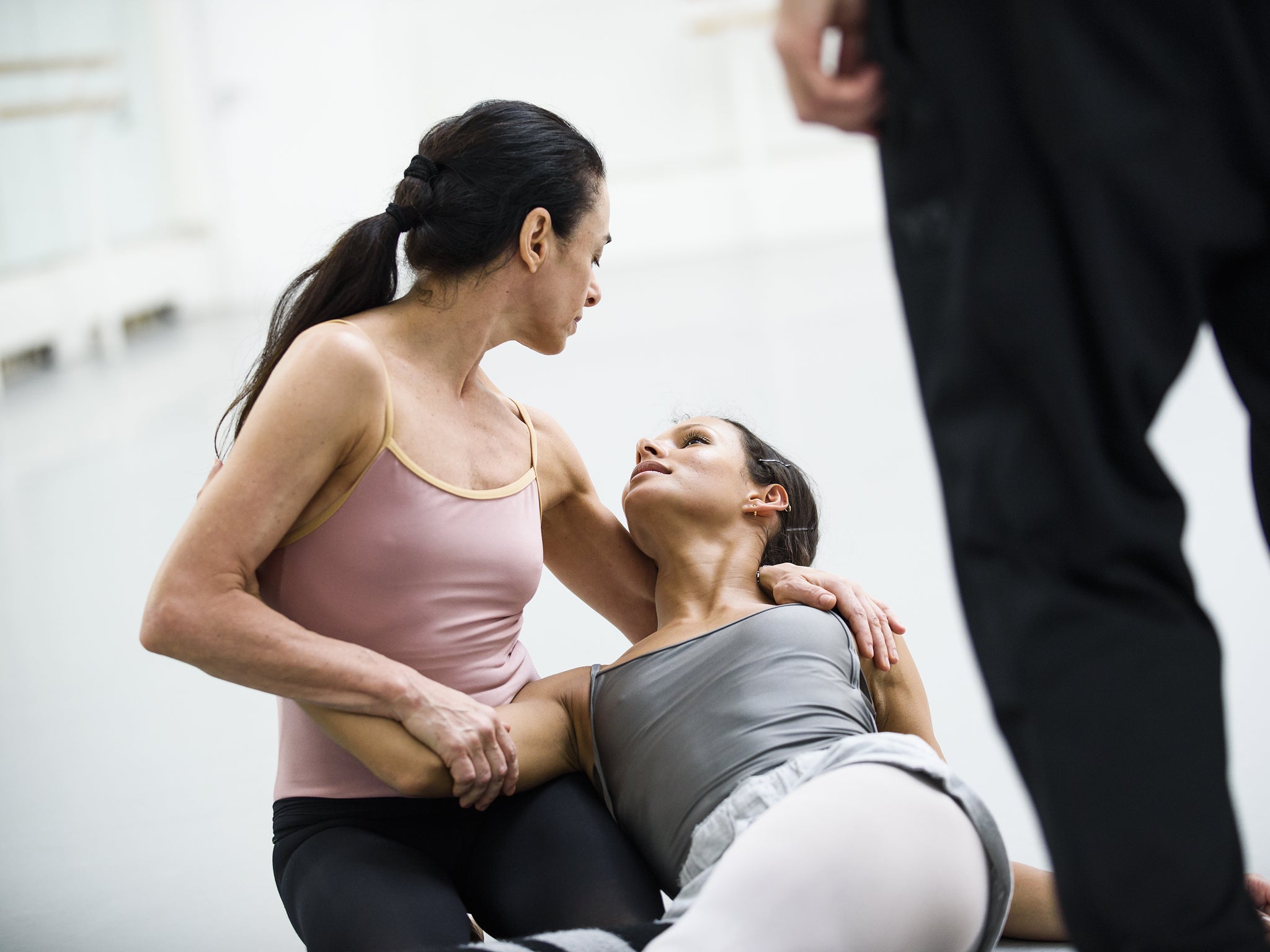
The Royal Opera House must be hoping that ballet audiences are not afraid of Virginia Woolf. On Monday the curtain rises on the choreographer Wayne McGregor’s first full-length narrative work for the Royal Ballet: Woolf Works, an ambitious creation inspired by three of the novelist’s books, plus the tragic story of her own life and death.
When the news of McGregor’s plan first broke, jaw-bones splintered on floorboards across a dance world more accustomed to traditional, linear tales – such as La fille mal gardée or Swan Lake. But McGregor has been working for a different sort of magic as he seeks to translate Woolf’s literary intensity and resonance into dance.
“It was a bit overwhelming at first,” he admits. “Woolf is such an iconic figure and her work is incredible, frustrating, difficult, exciting – where do you start? I was worried that I wouldn’t be able to do justice to the brilliance of her writing.”
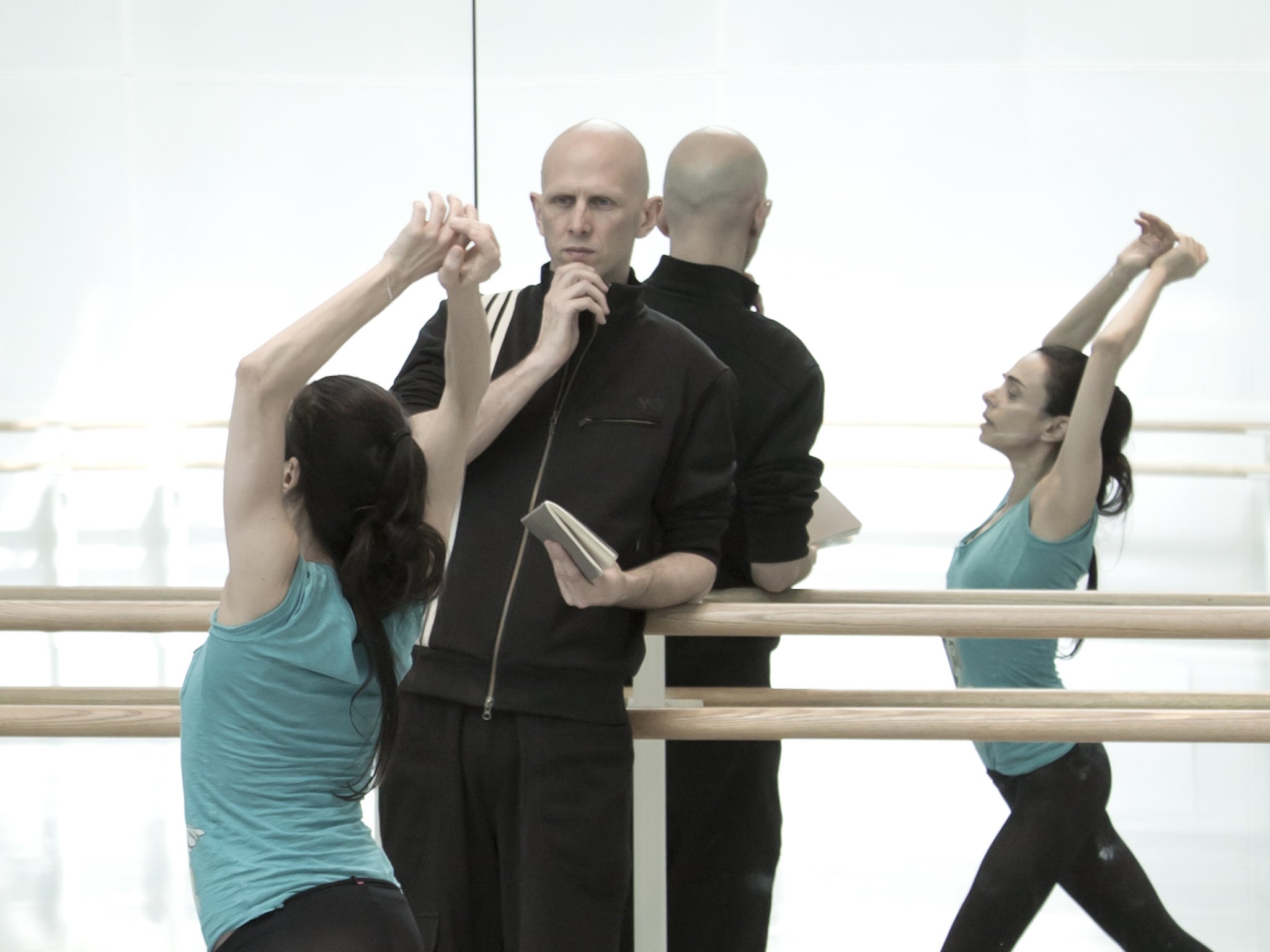
Choreographers do not often risk stepping on the toes of literary critics. “There are so many experts on Woolf,” McGregor reflects, “and so many people who love it or detest it that when you say you’re doing a Woolf project you get an absolute tirade of either positive or negative energy. I’m not used to that. I only relaxed into the work after about six weeks, when I realised all I could do was to make a piece about my own experience of Woolf, filtered through my body, my imagination and my mind, and that was it.”
McGregor, 45, the resident choreographer of the Royal Ballet since 2006, came to the company from the contemporary dance sphere and has always pushed at the limits of the possible. He stretches everything, from his dancers’ physical capacities in pieces such as Infra and Chroma to the potential of creative collaborations, notably Raven Girl with the author Audrey Niffenegger; last year he challenged the audience’s powers of perception in Tetractys – The Art of Fugue. Now in Woolf Works, he is giving the process of storytelling itself a conceptual makeover.
“I was interested in exploring multiple narratives and multiple viewpoints,” he says, “and our dramaturg, Uzma Hameed, put a copy of Mrs Dalloway under my nose. I felt the whole idea of stream-of-consciousness writing, many points of focus, shifting between times, was exciting and could be analogous with dance. It could also challenge, perhaps, the orthodoxies of how we make story ballets, which for me is about having a dialogue with heritage in a different way.”
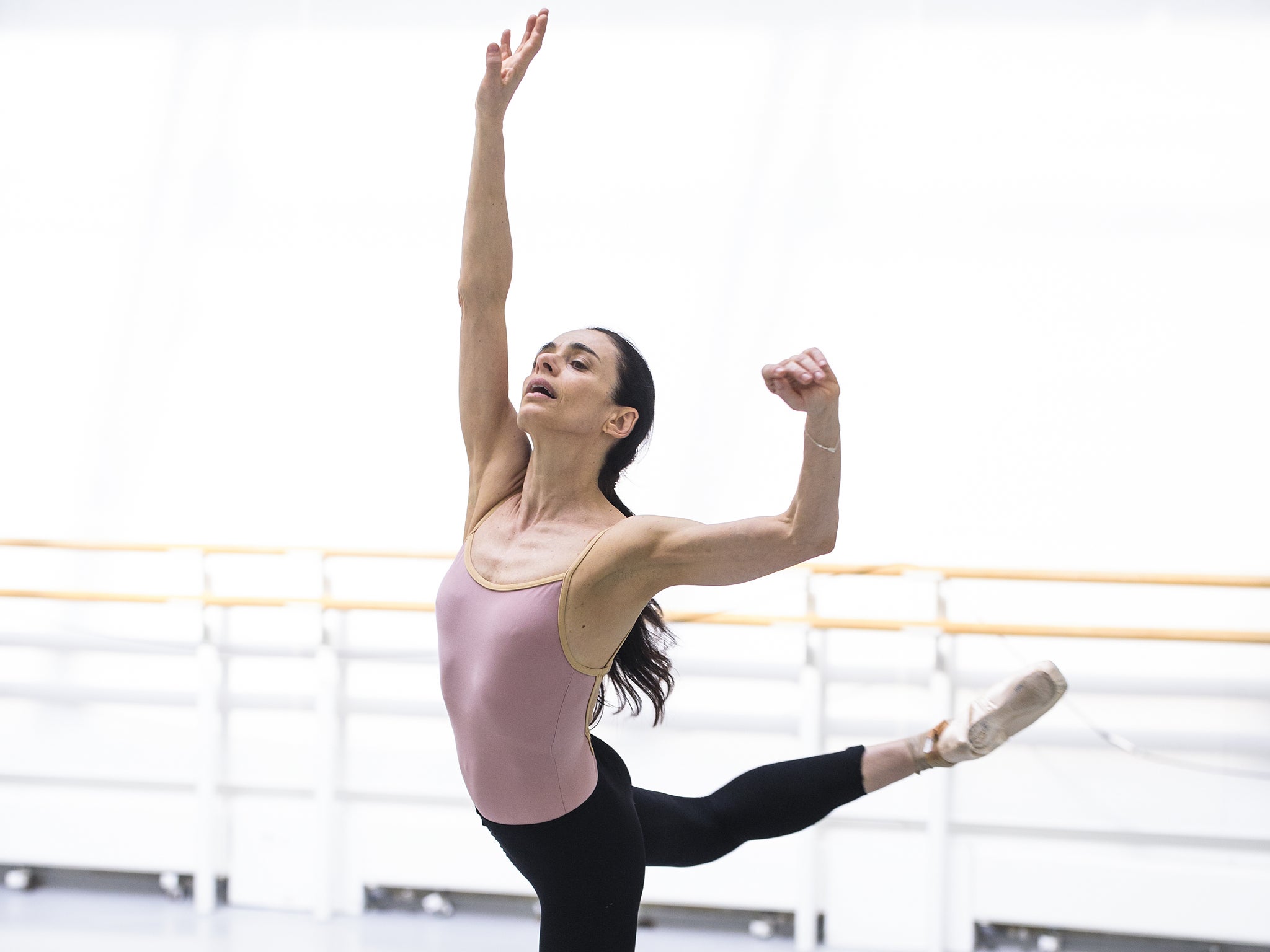
Each of the ballet’s three parts is inspired by a different novel. A meditation around Mrs Dalloway becomes “I Now, I Then”; the second act, “Becomings”, which he terms “a flamboyant, very virtuosic 35 minutes of extraordinary dance,” is based on Orlando, Woolf’s whirl through the centuries with the protagonist changing sex en route.
“It’s very lavish, with new visualisation techniques and a collage structure with a full-on assault and collision of the senses,” McGregor says. Finally, The Waves: “This is one of my favourite Woolf novels, because it’s like poetry, very abstract, but it’s also the one that relates most closely to Woolf and her passing.” Woolf drowned herself in the River Ouse close to her home in Sussex. “For her, water was a place of solace and beauty and her drowning is almost about becoming one with the universe. We’ve called this section “Tuesday” because that is the first word she wrote on her suicide note.”
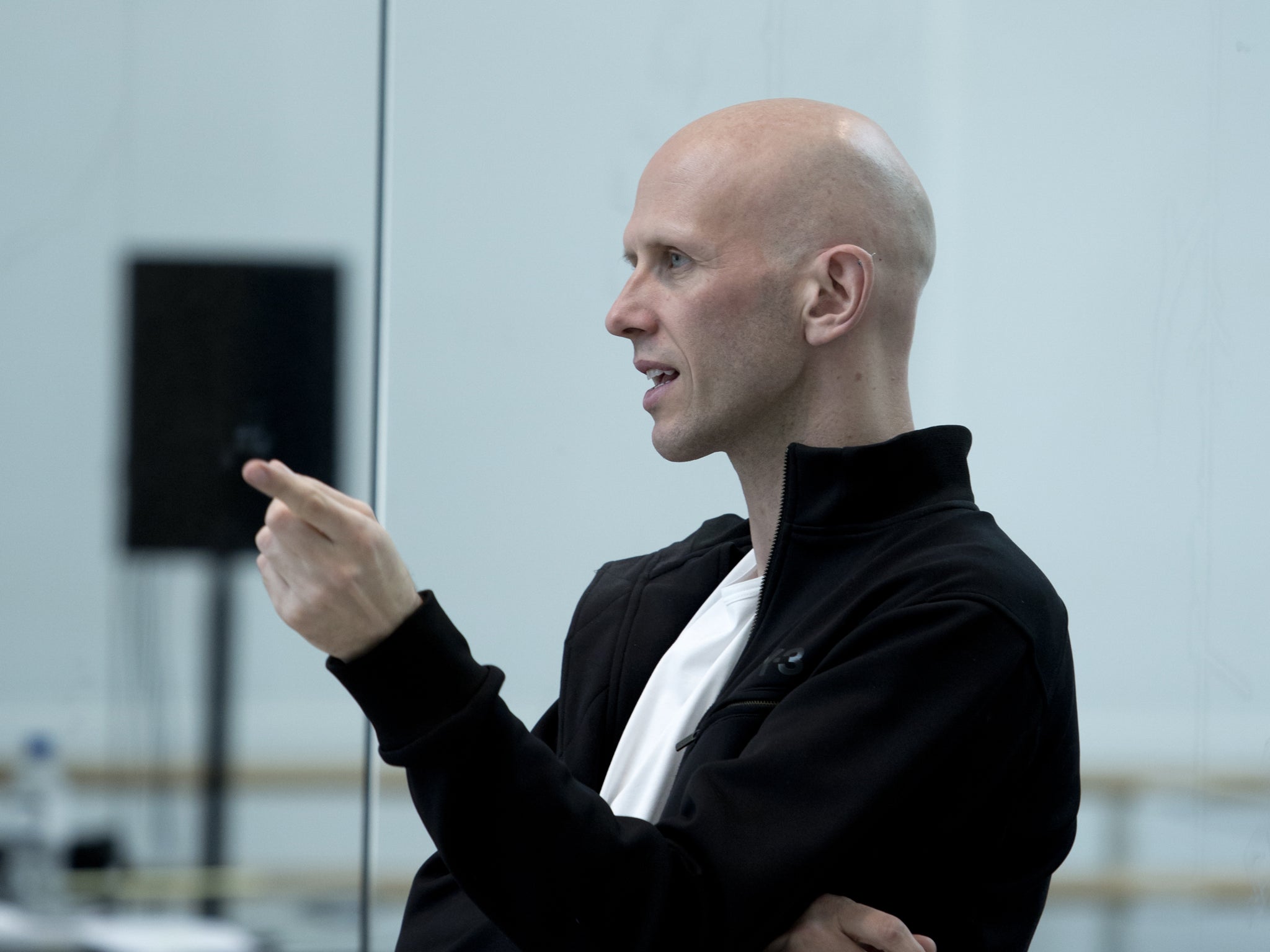
McGregor has commissioned for it a new score from the British composer Max Richter. The pair had already collaborated on Infra, among other projects, and more recently McGregor has choreographed for Zurich Ballet Richter’s major hit, Recomposed by Max Richter: The Four Seasons.
Woolf Works’ score involves full orchestra, live electronics, pre-recorded sounds from nature and fragments of text: “Everything’s in there, including the kitchen sink,” Richter declares. “I love collaborating and the projects I do with Wayne are my favourite things. If I’m writing an instrumental work, then it’s me sitting in a room on my own and going slowly bonkers. But a ballet is the opposite process – it’s all about conversations and puzzle solving.”
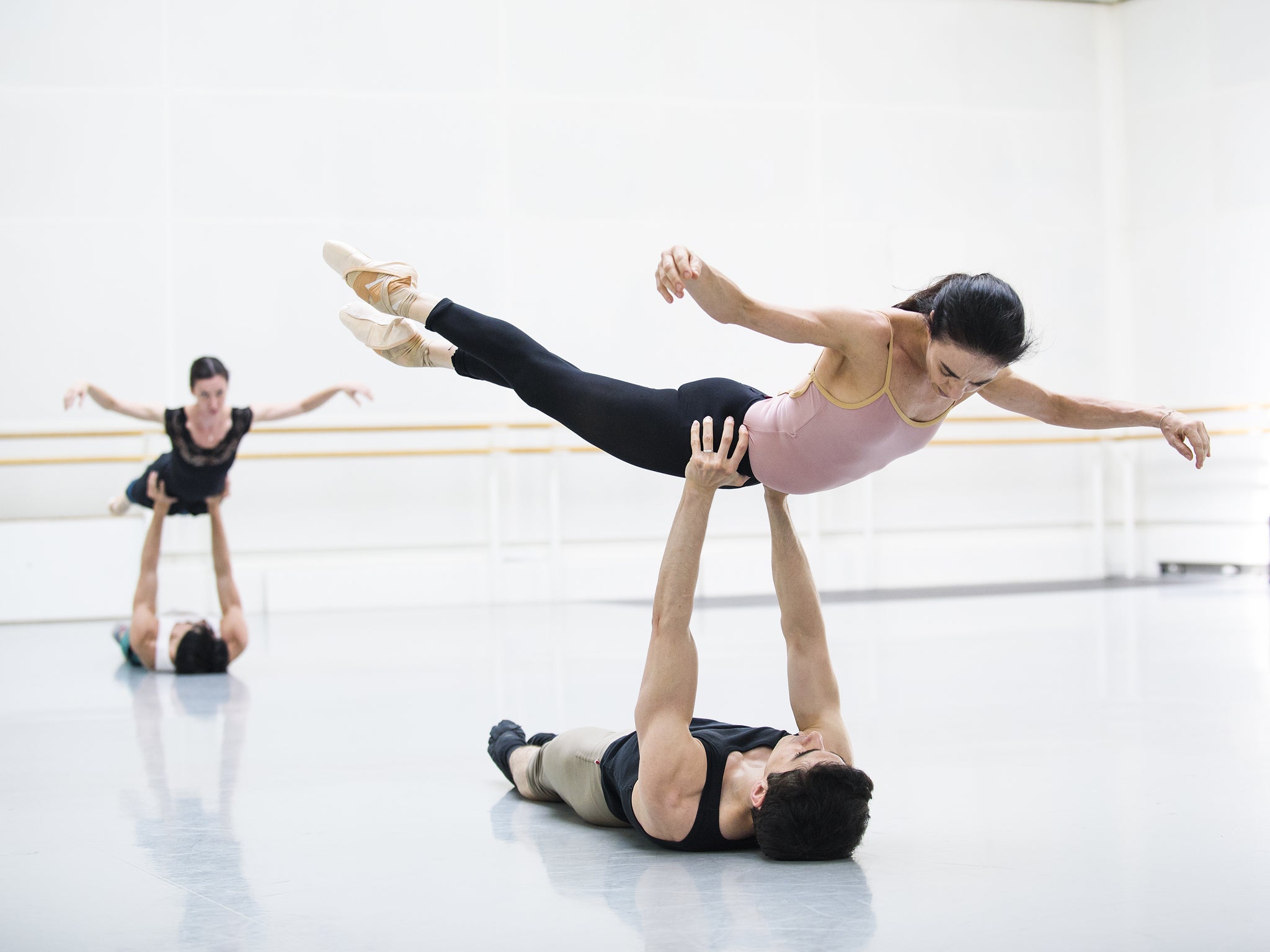
“I think what’s so impressive about Wayne,” he adds, “is that he has phenomenal skills as a maker of movement, but that’s just the starting point. He has an omnivorous intelligence and he’s always seeking out new ways of structuring ideas and information. That is the meeting point for us; in the musical sphere I’m also constantly looking for new ways to present material and to combine and enlarge languages.”
For Richter, reading Woolf during his schooldays was a revelation: “She handles language in such an extraordinarily personal and musical way,” he says. “She manages to pull off amazing literary tricks without drawing attention to them, and under her beautifully wrought surfaces there’s an amazing intelligence at work.” Her structures have been a direct inspiration for the music: “For me, Orlando is a novel in variation form,” he says. “I’ve written it as variations on a famous baroque theme, La Folia.”
The Orlando section’s central figure is to be Edward Watson, McGregor’s muse – prime among a cast of Royal Ballet luminaries that also includes Natalia Osipova and Sarah Lamb. But all eyes are upon the Italian ballerina Alessandra Ferri, 52, who is returning to the company to dance the dual role of Virginia Woolf and Mrs Dalloway.
“Dance is notoriously a young people’s art form,” he remarks. “Even though dancers often remain phenomenal into their fifties and sixties, we don’t see them much on stage. Alessandra is amazingly physical and always a great actress. And you just cannot trade those years of experience and training in a body. She’s very collaborative, she’s in extraordinary shape and we’ve been able to push each other to find new ideas.”
Indeed, it sounds as if Woolf Works allows McGregor to question all the regular discourses around ballet, literature, design, music and performance. “It’s not a straightforward story,” he emphasises. “Woolf writes about the prosaic matter of getting from lunch to dinner – but is that the only reality? Is reality La fille mal gardée? There’s nothing wrong with that: it’s great and funny and there are dancing chickens. But who said that had to be the only version of reality?”
It is not every day that a groundbreaking venture on this scale is unveiled on the Royal Opera House’s main stage. “It’s a real challenge, because people don’t know what to expect,” McGregor admits. “But I think it’s the responsibility of a big lyric opera house to offer work that is on the edge. If they don’t, and they only present things that are easy to watch and that they know people already like, that would kill off the art form. They have to be able to take risks.”
Woolf Works, Royal Opera House (020 7304 4000), Monday to 26 May
Join our commenting forum
Join thought-provoking conversations, follow other Independent readers and see their replies
Comments